The V&A Museum opens its first African fashion exhibition. The creative power and global influence of the African fashion scene is to be illustrated through photographs, fabrics, music and art.
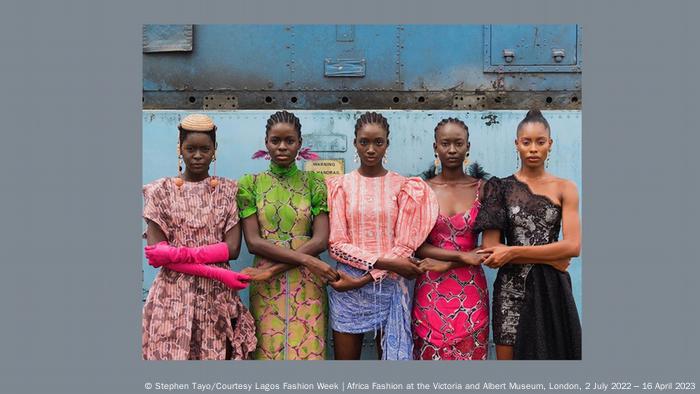
Fabrics and designs by African designers
At least since Black Lives Matter, the debate on how to deal with the colonial past has also picked up speed in Great Britain. From museum exhibitions to the care of monuments to history lessons in schools, a rethink is taking place in the UK. The venerable, more than 170-year-old Victoria and Albert Museum has found a constructive way of dealing with its own colonial past.
“We want to celebrate the African fashion scene”
h2> 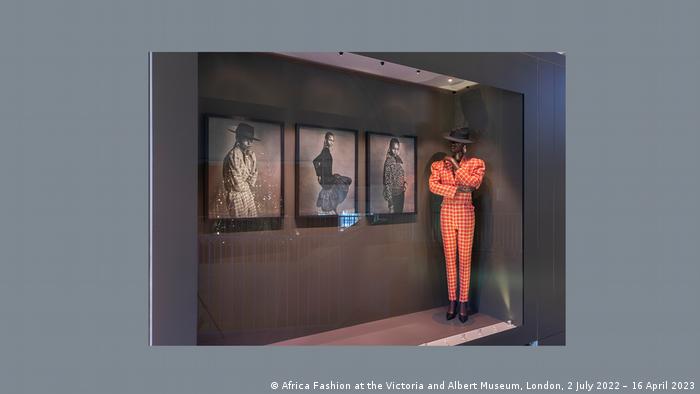
The exhibition features over 250 objects, about half of which are from the museum's collection, including 70 new acquisitions
With the “Africa Fashion” exhibition, the museum is tackling the social challenges of our time. It is the first ever curated exhibition at the Victoria and Albert Museum dedicated to the subject. The project's curator, Elisabeth Murray, told AFP that the show is an “insight into the glamor and politics of the fashion scene”. “We want to celebrate the amazing African fashion scene of today. We want to celebrate the creativity of all the designers, stylists and photographers and shed light on the inspiration behind it.”
The exhibition features objects, sketches, textiles, photos and See films from across Africa – ranging from the years of Africa's decolonization from the 1950s to the 1980s to work by emerging contemporary designers.
Lead Curator Christine Checinska describes the exhibition as “part of the V&A Museum's ongoing commitment to showcase the work of African creatives”.

Many of the garments on display come from the personal archives of famous mid-20th century African designers
Colonial Past of the V&A Museum
h2>
There are reasons why the V&A Museum is now dealing with its past in this way: The museum's past is closely linked to colonial history. It was founded in 1852, when Great Britain under Queen Victoria expanded its global empire – also in Africa – extended. To this day, some of the museum's collections date from this period. The Asian collections include, for example, exhibits that come from the India Museum set up by the East India Company in 1801. However, in the nearly 200-year history of the museum, African art and culture have not played a role for a long time. At times it was even misrepresented or exoticized, says curator Checinska, who is both a fashion designer and art historian. This is due to the historical separation between art museums and ethnographic museums, “which results from our colonial roots and the racist assumptions anchored in it”. “Africa Fashion”paves new perspectives for the museum and is a test field for new, equal ways of cooperation.
African fashion is political
The exhibition is divided into different sections – with names like “Afrotopia”, “Cutting-Edge” or “Mixology”. The sections deal with very different topics such as sustainability, gender, race, sexual identity or politics. In the first section, “African Cultural Renaissance”, for example, protest posters and literature from the African independence movements are on display. They are shown in connection with the fashion of the time.
Because clothing in Africa was always political. This was demonstrated, among others, by the Ghanaian Prime Minister Kwame Nkrumah, who appeared in 1957 in a loincloth made of the traditional, colorful fabric kenté. Shortly after proclaiming the country's independence, he removed his traditional European costumes in a symbolic gesture.
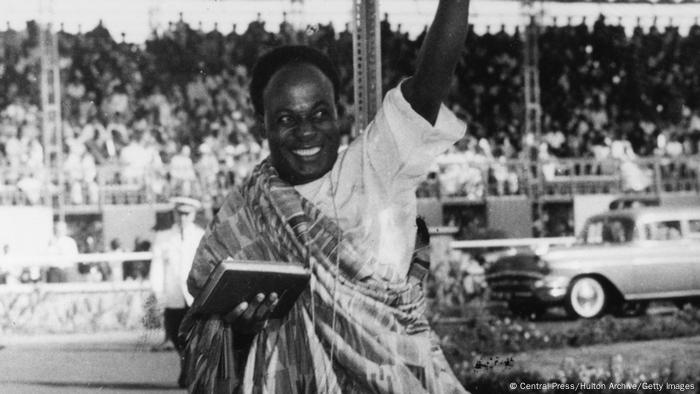 < p>Prime Minister Kwame Nkrumah waves to the crowd in 1957 – when independence is proclaimed in Ghana
< p>Prime Minister Kwame Nkrumah waves to the crowd in 1957 – when independence is proclaimed in Ghana
And textiles and fabrics play an important role in the exhibition. The Ghanaian sculptor El Anatsui once said: “The fabric is to the African what monuments are to the West.”
African fabrics are unique
A key part of “Africa Fashion” is therefore the “Vanguard” section. It honors the works of the founders of modern African design. On display are designs by Niger's Alphadi, Nigeria's Shade Thomas-Fahm and Ghana's Kofi Ansah. Experimenting with African textiles and styles like beadwork, they created innovative designs with cross-cultural influences.
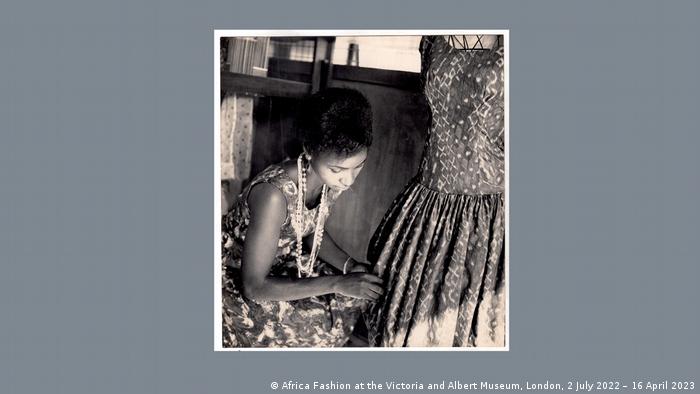 < p>The Nigerian designer Shade Thomas-Fahm (b. 1933) is one of the pioneers of modern African fashion
< p>The Nigerian designer Shade Thomas-Fahm (b. 1933) is one of the pioneers of modern African fashion
Thomas-Fahm's designs, for example, reinvented traditional African clothing for the “cosmopolitan, working woman”.
A highlight of “Africa Fashion” is a design made especially for the exhibition by Moroccan fashion designer Artsi, inspired by a British trench coat and a Muslim hijab. The design aims to raise the question of “how Africa is presented in England,” Artsi told AFP.
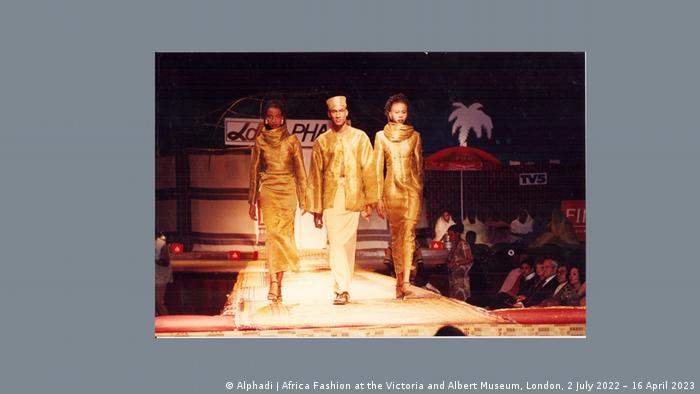
A catwalk with designs by Nigerian designer Alphadi. A highlight of the exhibition is an Alphadi dress made of cotton and brass, which the designer is donating to the museum
This is exactly what “Africa Fashion” wants to do: stimulate a contemporary discourse on how Britain's colonial history is dealt with in art should be.
“Africa Fashion” can be seen at the Victoria and Albert Museum in London until April 16, 2023.
kt/so (with AFP)